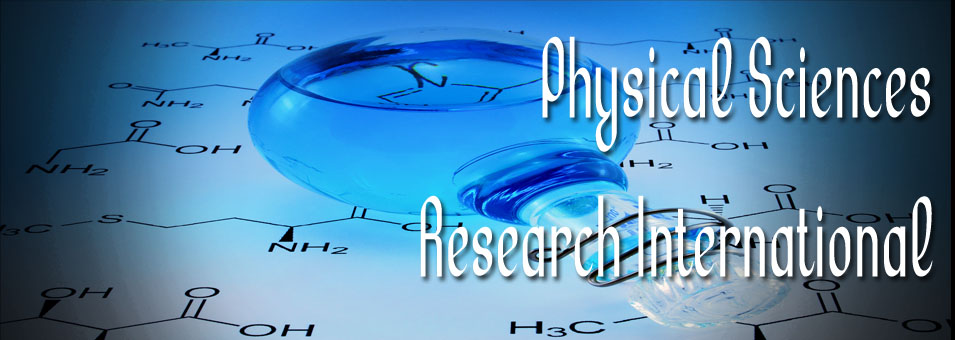Effects of matrix hardness on the wear resistance of WC-Co reinforced weld overlays for ground engaging tools
Ravikumar Sundaramoorthy and Chinnia SubramanianPhysical Sciences Research International
Published: February 24 2014
Volume 3, Issue 1
Pages 8-17
Abstract
Ground engaging tools (GET) require higher hardness and good abrasive wear resistance to extend their life. Conventionally, wear protection for GET is provided by weld overlays with the addition of hard particles like cemented tungsten carbide (WC-Co). The preferential wear of the softer matrix in the weld overlay leads to reduced life as the hard particles get knocked off. Thus the understanding of the wear performance of weld overlays with increasing matrix hardness is of significant importance. Different welding wires with hardness of the weld metal deposit ranging from 170 to 650 HV0.2 were chosen. The weld matrix shows a richer chemistry than the typical alloy content expected. EDS analysis identified dissolution of the cemented carbide and iron diffusion at the interface between the WC-Co particulate and matrix forming hard complex carbides increasing the matrix hardness. The low alloy wire with carbides shows a hardness of the matrix at 498 HV0.2 compared to the one with no carbides at 263 HV0.2. The wear characteristics of the overlays were studied using an ASTM G65 dry sand rubber wheel abrasion tester. The low alloy wire overlay with no carbides shows a wear loss of 0.608 g which is 21% higher than the weld overlay with carbides (0.502 g). In comparison, the hardfacing wire with an average weld matrix hardness of 756 HV0.2 shows a mass loss as low as 0.189 g.
Keywords: Ground engaging tools, three-body abrasive wear, Vickers microhardness, WC-Co cemented carbides, weld hardfacing.
Full Text PDF
